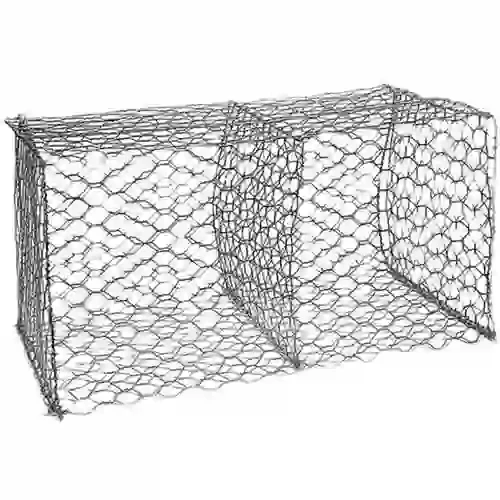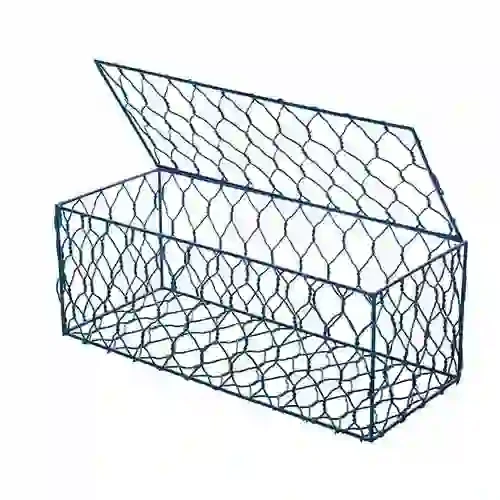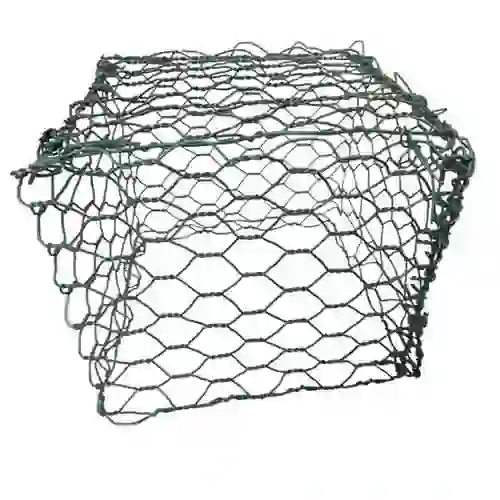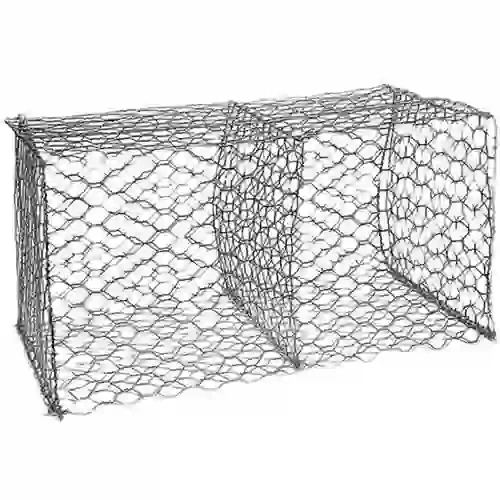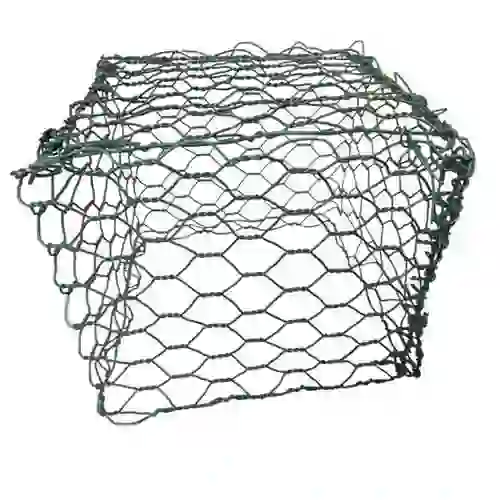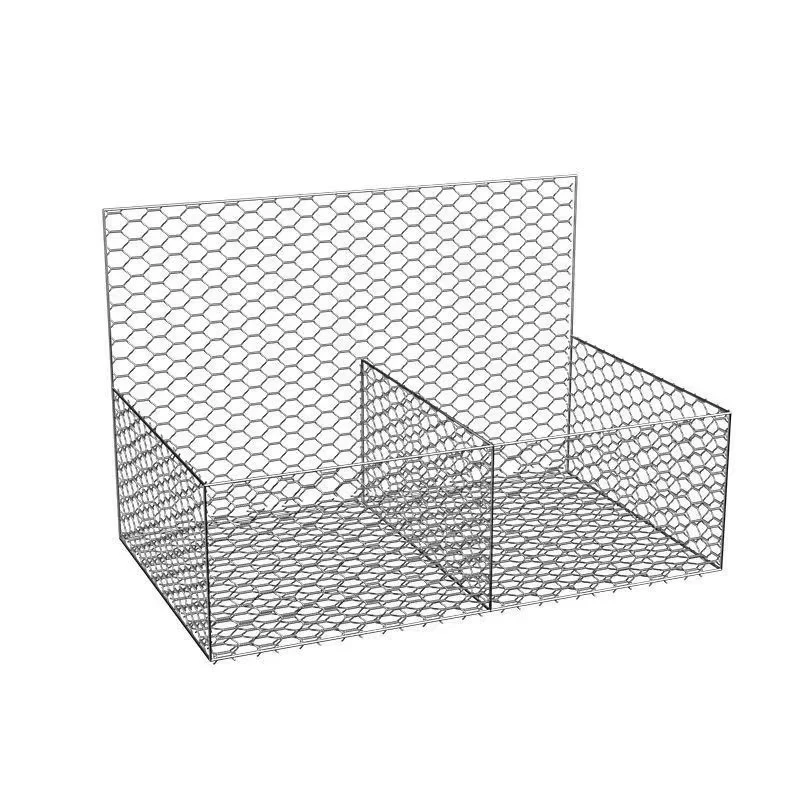-
 Teléfono:
Teléfono: -
 Correo electrónico:
Correo electrónico:

Handle Wire Without Injury
Handling wire is an everyday task across countless industries—from construction and agriculture to manufacturing and DIY projects. Yet, this routine activity carries significant risks: lacerations, punctures, electrical shocks, and musculoskeletal injuries. According to OSHA, some of non-fatal injuries in material handling involve improper tool use, including wire-related accidents. Learning to handle wire safely isn’t just best practice; it’s a non-negotiable pillar of workplace and home safety. This guide integrates actionable techniques, equipment insights, and innovative solutions—like reinforced wire with handles—to transform risk into reliability.
Core Principles to Handle Wire Safely and Efficiently
Handle wire demands with respect for its inherent hazards. Sharp edges, tension release, and conductive properties require methodical protocols:
- Gear Up: Cut-resistant gloves and safety goggles prevent most hand/eye injuries. For live electrical work, voltage-rated gloves are mandatory.
- Tool Selection: Use lineman’s pliers for cutting, fish tapes for routing, and coil dispensers to control recoil. Never use bare hands to straighten kinked wire.
- Body Mechanics: Bend knees, keep wire close to your body, and avoid twisting. For heavy-gauge wire, use two-person lifts or mechanical aids.
- Workspace Prep: Clear tangles before starting. Secure loose ends with caps or tape to prevent whipping.
Anping Shengsen Wire Mesh Products Co., Ltd.—a leader in metal product innovation—reinforces this philosophy through ergonomic designs. Their research shows that some of wire injuries occur during transport/storage, prompting integrated safety features in products like their Durable Bucket Handle.
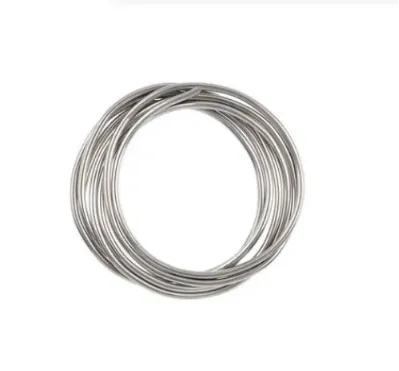
The Reason Of Buckets with Handles Revolutionize Material Transport
Buckets with handles are unsung heroes in injury prevention. Traditional buckets force awkward grips, spilling contents and straining tendons. Modern designs address this through:
- Ergonomic Geometry: Curved handles distribute weight evenly, reducing grip force.
- Non-Slip Textures: Rubberized grips or knurled metal prevent slips in wet/oily conditions.
Anping Shengsen’s Durable Bucket Handle exemplifies this evolution. Crafted from high-tensile steel wire with handles, it features a corrosion-resistant finish (galvanized/stainless steel) and universal fit for plastic/metal buckets. In agriculture, these handles prevent feed/water spills; in construction, they secure cement loads during transport. The reinforced wire construction ensures handles won’t snap under stress—a critical upgrade from flimsy plastic alternatives.
The Science Behind Safer Wire with Handles Designs
Wire with handles merges material strength with human-centered design. Key innovations include:
- Reinforced Joints: Stress points (where wire meets handle) are double-welded or sleeved to resist shear forces.
- Tension Optimization: Handles are angled to align with natural arm motion, minimizing wrist deviation.
- Material Synergy: High-carbon steel cores offer tensile strength, while PVC coatings add insulation and comfort.
Anping Shengsen leverages these principles in products like their bucket handle, which underwent load-cycle tests. The result? A adjustable handle that supports chemical exposure, moisture, and heavy debris without corroding or failing. For DIYers crafting wire sculptures or electricians pulling cable through conduits, such designs reduce repetitive strain and pinch-point injuries.
Wire with Handles:Integrating Tools for Injury Prevention
Safety multiplies when protocols, tools, and equipment intersect:
- Storage: Use wall-mounted reels or partitioned bins to avoid entanglement. Anping Shengsen’s handles include stackable buckets for organized storage.
- Transport: Secure wire coils in buckets with handlesinstead of carrying loose bundles. The firm grip prevents drops.
- Hybrid Solutions:Attach wire guides to buckets for tangle-free dispensing during irrigation or electrical work.
Case Study: A roofing manufacturer reduced hand injuries after switching to steel-handled buckets for nail/staple wire transport. The reinforced wire with handles design allowed single-handed pouring while stabilizing ladders.
FAQs acerca de Solving Wire Handling Challenges
What’s the biggest mistake people make when they handle wire?
Assuming "light" wires are harmless. Even low-gauge craft wire can lacerate tendons. Always use gloves and controlled unwinding techniques, especially with coiled materials.
How do buckets with handles improve chemical safety?
Non-corrosive handles (for example, stainless steel) prevent acid/alkali degradation. Anping Shengsen’s galvanized finishes withstand bleach, fertilizers, and industrial solvents without rusting.
Why choose wire with handles over plastic alternatives?
Plastic fatigues under UV exposure or cold temps, cracking without warning. Steel-core handles offer predictable failure modes (bending visibly before breaking) .
Can one bucket with handles fit all my buckets?
Yes—if it’s adjustable. Look for spans with slotted holes. Anping Shengsen’s universal design fits buckets via bolt-on or clip attachments.
How does wire with handle design impact spinal safety?
Low-slung handles force stooped lifting. Optimal handles sit 4–6" below the rim, enabling upright posture. Ergo-shaped grips also reduce cervical strain during prolonged carries.
Handling wire without injury hinges on a trifecta: knowledge of risks, precision techniques, and purpose-built equipment. Innovations like Anping Shengsen’s Durable Bucket Handle—with its reinforced wire with handles construction—prove that small design changes yield massive safety returns. Whether you’re hauling gravel in a jobsite bucket or threading copper wire through a wall, remember: the right handle doesn’t just carry weight; it carries you toward a zero-injury future.
If you are interested, please click www.wiremeshpro.com to consult us.
-
Wire Mesh for Every Need: A Practical SolutionNoticiasJul.25,2025
-
Steel Fences: Durable, Secure, and Stylish OptionsNoticiasJul.25,2025
-
Roll Top Fencing: A Smart Solution for Safety and SecurityNoticiasJul.25,2025
-
Cattle Farm Fencing Solutions for Maximum SecurityNoticiasJul.25,2025
-
Affordable Iron Binding Wire SolutionsNoticiasJul.25,2025
-
Affordable Galvanized Wire SolutionsNoticiasJul.25,2025
-
Wire Hanger Recycling IdeasNoticiasJul.25,2025

